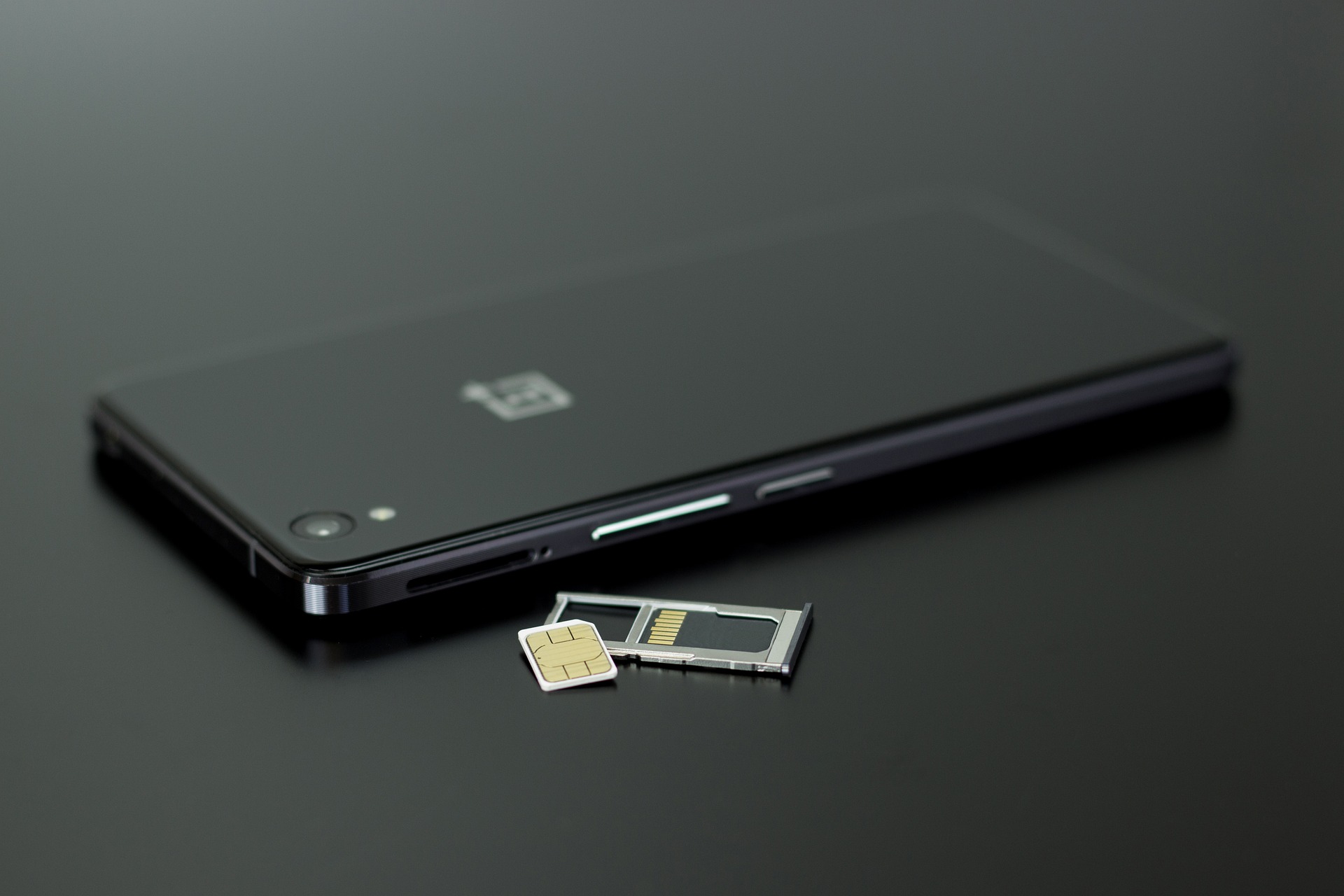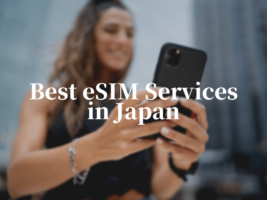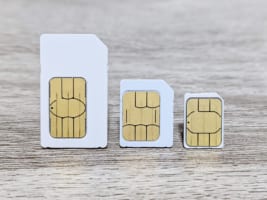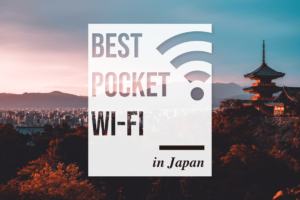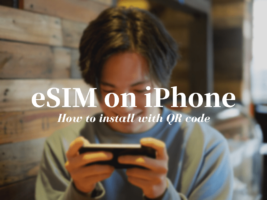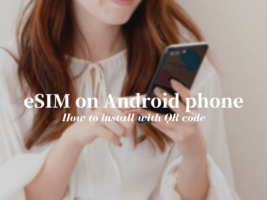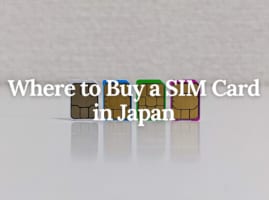What’s the Difference?: SIM and eSIM in Japan
Comparison between SIM Cards and eSIM for your trip to Japan

Having a good internet connection has become one of the quintessential things for international traveling nowadays. There are a wide variety of ways and services you can get to connect to the internet, each having its pros and cons. What method is better for you depends on your preferences, needs, and even way of traveling.
Two of the most commonly used methods of getting internet have to be “SIM card” and “eSIM”. Nowadays, many people know what a SIM card is. However, do you know what eSIM is? These two may sound similar and may be similar in many ways, but there are some differences that you should know, especially if you are planning on traveling abroad soon.
In this article, I will compare the strengths and weaknesses of these two options and suggest which kind of traveler should pick which type of internet connecting method.
What is a Prepaid SIM Card?
A SIM card, or Subscriber Identity Module, is a small chip used in mobile devices that allows you to connect to a cellular network and make calls, send messages, and access the internet.
As a traveler, when you fly to another country, your existing SIM card may not work because it is tied to your home country’s network. To use your phone abroad, you can purchase a local SIM card in the country you’re visiting. This new SIM card will provide you with a local phone number and access to the local network, allowing you to make calls, send messages, and use data at affordable rates. Simply insert the new SIM card into your phone, and you’ll be ready to stay connected during your trip.
What is eSIM?
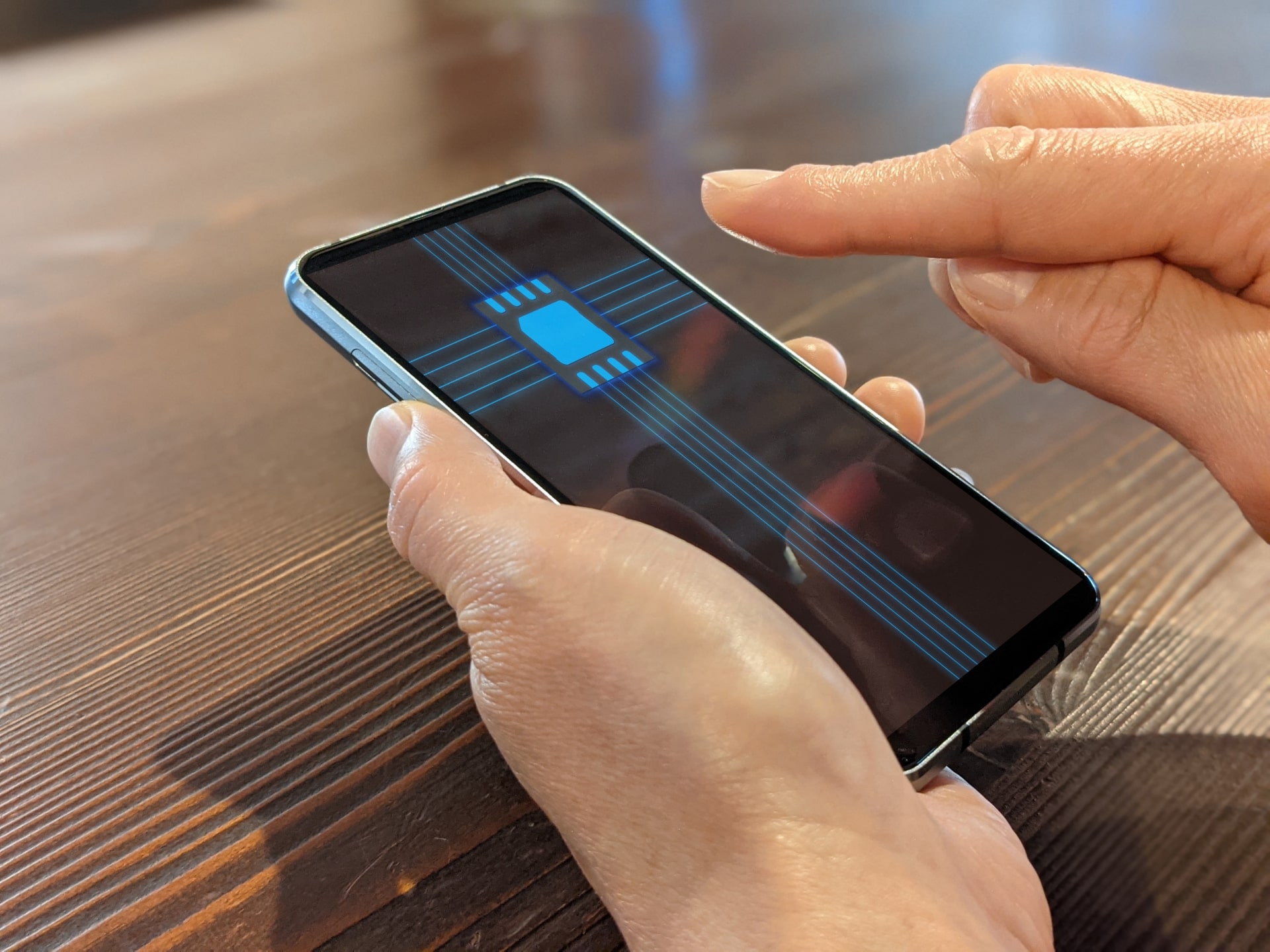
As a traveler, eSIM offers you the convenience of not having to physically swap SIM cards when you travel to another country. Instead, you can remotely download and activate a local carrier’s profile on your eSIM-compatible device. This allows you to connect to the local network and access voice, data, and messaging services without the need for a physical SIM card. It simplifies the process of switching networks while traveling, offering greater flexibility and ease of use.
Comparing Pocket WiFi and SIM Card
Price
Generally, purchasing a physical SIM card may involve upfront costs for the card itself, along with potential charges for activation and data plans. On the other hand, eSIM activation might be available at no additional cost, and you can choose from various data plans offered by local carriers, potentially providing flexibility and competitive pricing.
Usability
In terms of usability, the main difference between a physical SIM card and an eSIM lies in the process of installation. Other than that both options offer similar functionality once activated, providing voice, data, and messaging services.
Installation
The installation process differs between a physical SIM card and an eSIM. For a physical SIM card, you need to physically insert it into your device’s SIM card slot. In contrast, an eSIM is embedded in the device and requires remote activation by scanning a QR code or entering an activation code provided by the carrier. eSIM eliminates the need for physical handling or swapping of cards.
Other things to consider
In addition to the differences in installation and usability, another notable difference between a SIM card and an eSIM is their physical form. A SIM card is a small, removable chip, whereas an eSIM is integrated directly into the device’s hardware. This distinction means that eSIM cannot be easily transferred between devices as a physical SIM card can.
Conclusion
Knowing the different characteristics of these two internet options, the following is our conclusion.
Get a SIM card if:
A physical SIM card would be recommended for travelers who frequently switch devices or prefer the flexibility of transferring their SIM card between different devices. Additionally, travelers visiting countries where eSIM support is limited or unavailable might find it more convenient to use a traditional SIM card.
▶︎5 Best eSIM Services for Japan
Get an eSIM if:
eSIM would be recommended for travelers who value convenience and want to avoid the hassle of physically swapping SIM cards. It is particularly suitable for travelers who have eSIM-compatible devices and prefer the flexibility of remotely activating and switching between carriers without the need for a physical SIM card.
▶6 Best eSIMs in Japan for Travelers
▽Subscribe to our free news magazine!▽
For more information about getting internet connection in Japan, be sure to check the articles below.
▽ Related Articles ▽
▼ Editor’s Picks ▼
Written by
Born and raised in Costa Rica, I started living in Tokyo from college. I love traveling within Japan & around the world. Since I wasn’t born in Japan, I know the cultural impact that you can get when visiting Japan for the first time and what you might be worried about before your trip. And I’ve lived long enough to somewhat understand the nuances of the Japanese culture that make this country such an attractive place to visit. Hopefully I can provide to you both the information you’re looking for and the information you didn’t know you needed to know.





